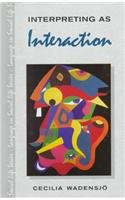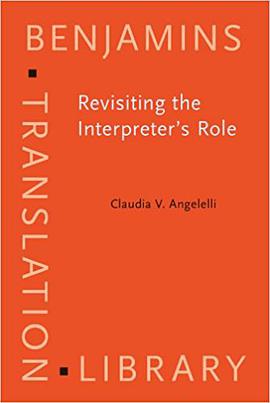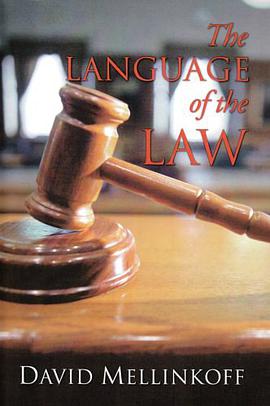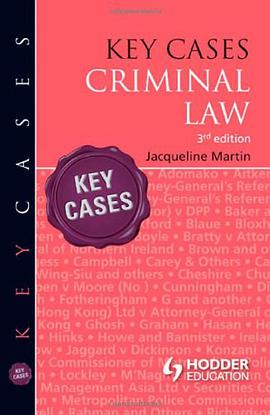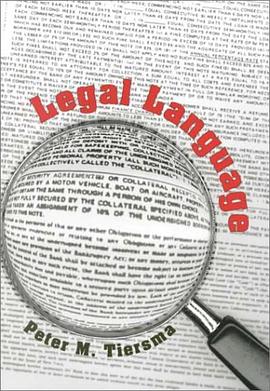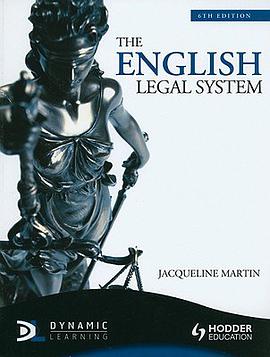Why is legal language so different from ordinary English? Statutes, judicial opinions, contracts, deeds and wills profoundly affect our daily lives, but their language tends to be convoluted, antiquated and often nearly impossible for the public to understand. So where did the "lessees" and "tortfeasors" come from and are they necessarily here to stay? This history of legal language slices through the polysyllabic thicket of legalese. It shows to what extent legalese is simply a product of its past, when Anglo-Saxon mercenaries, Latin-speaking missionaries, Scandinavian raiders and Norman invaders all left their marks on the language that lawyers use today. Peter Tiersma suggests, however, that history alone provides an inadequate explanation for the peculiarities of legal language. He considers how lawyers cling to their foreign-sounding language because it convinces laypeople that the legal system is far too complex to navigate without professional assistance. Obscurity, Tiersma suggests, can also be strategic (as when an insurance company prints oppressive legal terms in small type on the back of a policy), as can clarity (if lawyers need to persuade a jury of their client's innocence, they speak and write with newfound ease). All these issues are wrapped up in the legal language that continues to evolve and shape our culture. This text demonstrates that arcane vocabulary is not an inevitable feature of our legal system and Tiersma concludes with a call for simplification. It brings the verbiage of leases, employment agreements and other consumer documents out of the shadows.
